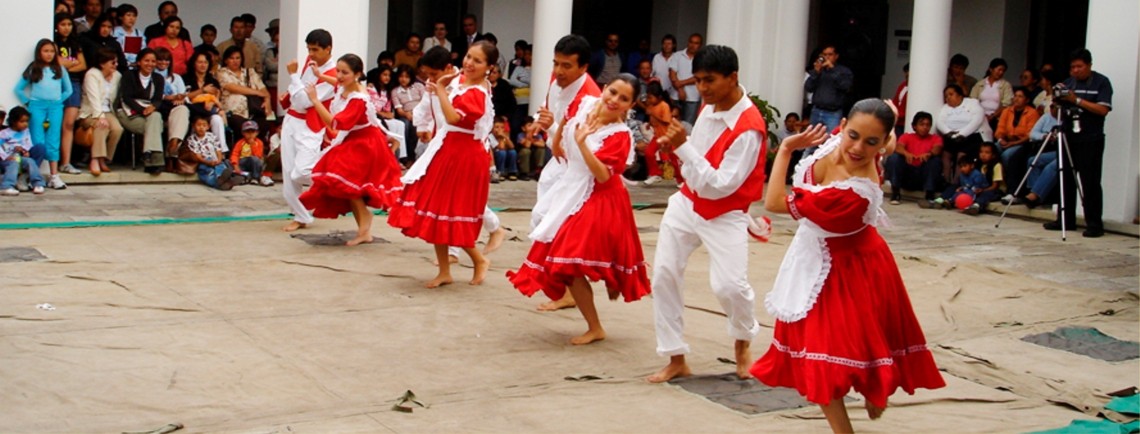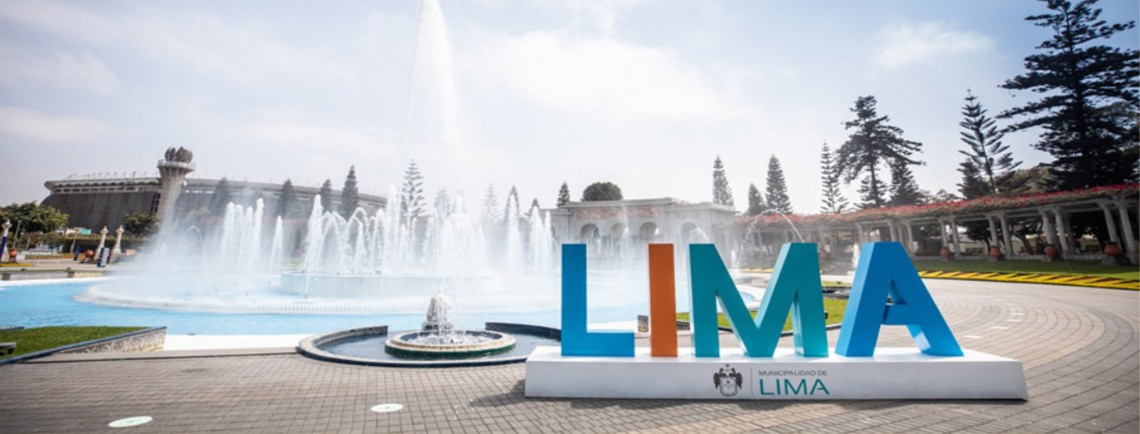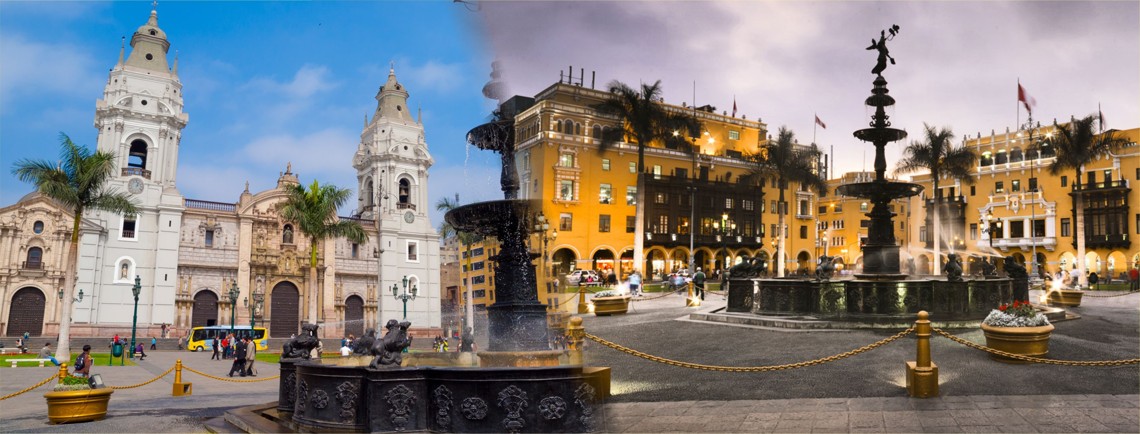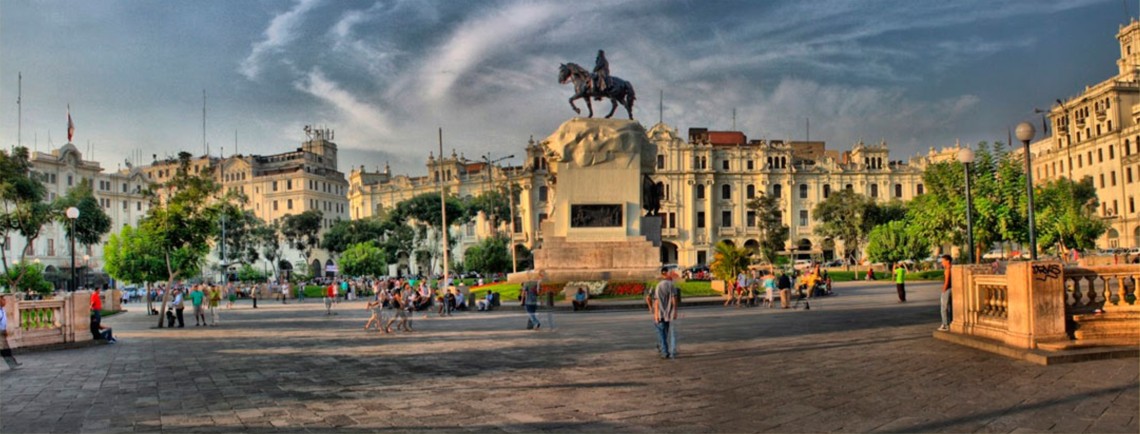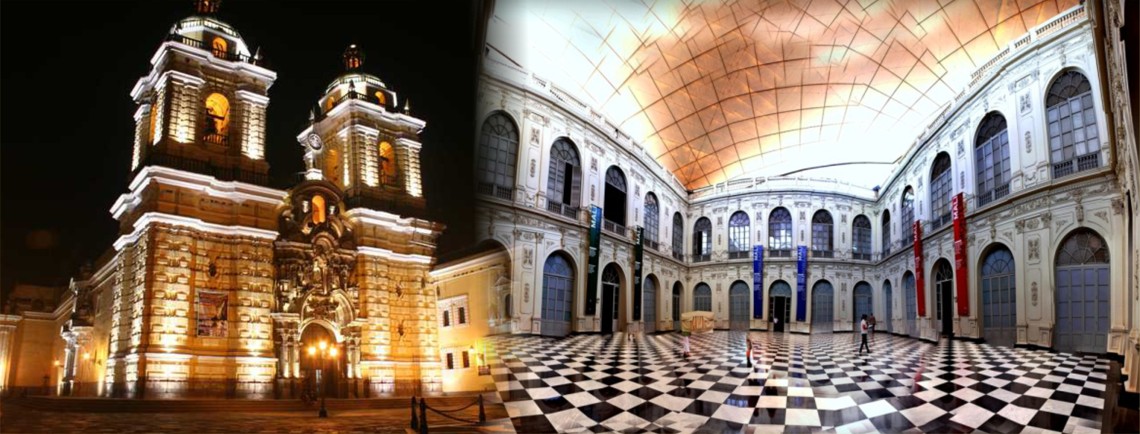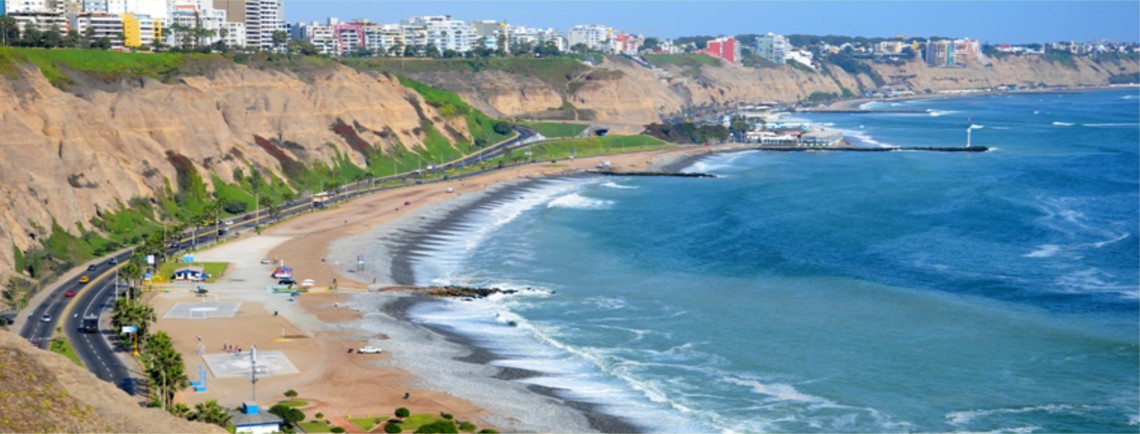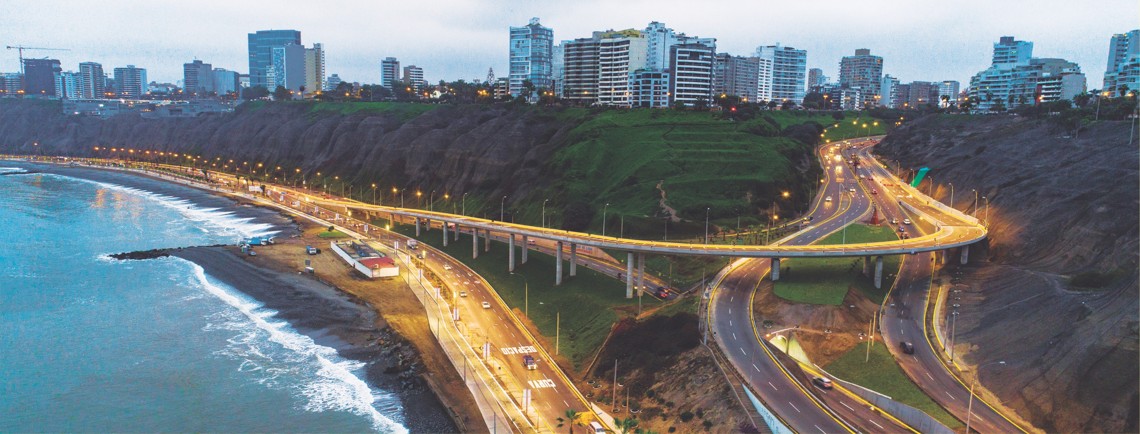LIMA
Lima (from Quechua Limaq) is the capital city of the Republic of Peru. It is located on the central coast of the country, on the shores of the Pacific Ocean, forming an extensive and populous urban area known as Metropolitan Lima, flanked by the coastal desert and extended over the valleys of the Chillón, Rímac and Lurín rivers. In 2007, Metropolitan Lima had more than 8.5 million inhabitants, 3 30% of the Peruvian population, figures that make it the most populated city in the country.
On January 18, 1535, the Spanish foundation was made under the name of the City of Kings in the agricultural region known to the indigenous people as Limaq, a name that it acquired over time. It was the capital of the Viceroyalty of Peru and the largest and most important city in South America during the Spanish regime. After Independence it became the capital of the Republic. More than 400 years ago, during the Viceroyalty, it was called the City of the Kings.
A journey of 20 minutes, approximately, and you will be transported to the Historic Center of Lima. Here, the buildings that surround the Plaza de Armas seem to be stopped in time, since many of the colonial balconies that were seen in yesterday’s Lima are still preserved. If you are a fervent religious, you can visit the Cathedral of Lima, located a few steps from the Plaza de Armas. The museums throughout the Lima territory are also alternatives to intersperse with other types of activities. The National Museum of Anthropology and Archeology has in its interior the best collection of the pre-Hispanic period of Peru. In turn, you can visit the Larco Museum, Lima Art Museum, Contemporary Art Museum and Mario Testino Museum, which are at the artistic forefront of global society.

Gastronomy
Lima, the capital of Peru, is recognized as the gastronomic capital of America. One of the reasons why it is called that way is because it has the most important food festival in Latin America, the Lima International Gastronomic Fair, better known as Mistura. Likewise, it has high-ranking chefs. Peru is the country with the greatest variety of potatoes in the world, with more than three thousand types of potatoes, 910 in fact, the potato, has its origins in the southern highlands of Peru, a tuber that plays a very important role in gastronomy global, and in world cuisine. Some important dishes of Peru that include potatoes are: the huancaína potato, stuffed potato, the limeña cause, etc. However, giving a good treatment and pampering your palate is not the only thing you will achieve in the streets of Lima. Not for nothing is it one of the most important and visited regions of the Inca country, which has endless activities, attractions and experiences for all tastes.
On October 16, 2007, the gastronomy of Peru was proclaimed Cultural Heritage of the Nation; This declaration states that Peruvian cuisine is a cultural expression that contributes to consolidating the identity of the country. 75 Prior to this declaration, other elements of Peruvian gastronomy were declared Cultural Heritage of the Nation: pisco, pachamanca, ceviche and pisco sour. The traditional confectionery of Peru began in colonial times, in this stage the introduction of the cultivation of sugar cane, European customs and the presence of African slaves was decisive.

Dances
These dances are neither more nor less than expressions of a living culture, full of customs and traditions that are reflected in each dance. When visiting Peru we will not only be amazed by its landscapes and its traditional gastronomy, but we will also be amazed by the color and mischief of its typical dances, with dances that fuse elements and instruments of European, American and African cultures, added to the rhythm in the blood that characterizes South Americans, several of these typical dances were declared Intangible Heritage of Humanity by Unesco. Although thanks to its rich culture, we can highlight these 7 typical dances of the most representative Peruvian folklore of the country. The most representative typical dances of Peru: La Marinera, Danza de Tijeras, El Wititi, Diablada Puneña, El Festejo, El Huayno and La Zamacueca.
